|
Polish people are proud people who love to eat, drink, and have a good time. Their cuisine can be defined in two words - comfort, and heart. On account of their country’s bitter winters, Poles have a natural affinity for warming stews and hearty bakes, and the national dish “Bigos” is a perfect representation of this. World-famous cities like Warsaw and Krakow are known for their food scenes, and traditional and contemporary Polish restaurants line their streets. If you want the real Polish deal, however, and as everyone knows, you go to the streets. Polish street food is as delicious as it is filling, and the best part about it? It is pleasant on the back pocket. European nations like Italy, France, and Germany may have long-reigning legacies in food. Poles, however, are doing their darndest to mix it with the best, and you can get some seriously good food for seriously scorched prices on its streets because of it. Let’s take you there now. Zapiekanka Zapiekanka is Poland’s take on pizza and it is one of the country’s go-to street foods of the modern day. Zapienkanka may have only burst onto the scene in the late 70s, but it did not hang about long, quickly asserting its saucy self as a treasure of the nation. Polish pizza is done a little differently. Instead of complicating things with dough and pizza ovens, the toppings (and there are a lot of them) get cozy on an open-face baguette or similarly-shaped bread roll. We’re talking sautéed white mushrooms, bacon bits, crumbly feta, grated cheese, and if you’re lucky, spicy Polish sausage. The two stacked bread halves are then grilled until crispy and served hot with extra ketchup. You could quite easily make this at home to conjure a memory of stumbling down some Krakow backstreet only to go and bump into a Zapiekanka-slinging vendor, (and we suggest you do). Kielbasa Do you know how we said you could be lucky to stumble upon Zapiekanka that features Polish sausage? Well, Kielbasa is that sausage. Poles absolutely love their sausage and nowhere does it quite the same, and they are very proud of that. Kielbasa is a very traditional Polish food that can be found on the streets, in supermarkets, at restaurants, and in the national dish of Bigos stew. Yes, it is everywhere. Kielbasa is not confined by type of meat, which is a great thing as you can sample every cut. It is, however, defined by its coarse texture, and unique U-shape. Kielbasa also has a unique flavor profile brought on at the hands of herbs, spices, and a smoking process. Order it off the street, and you may just get an honest helping of fried onions by its side. Wash it down with a Polish pilsner or a shot of vodka and you will know exactly where you are, you’re in Poland! Pierogi Across Europe, Pierogi is undoubtedly one of Poland’s most known foods. Although these delectable dumplings have origins in China, Polish culture and Pierogi go hand in greasy hands. This humble peasant dish of the 17th century has stayed with Poland through thick, and thin. Doing its part to feed the people when times have been tough. The cool thing about Pierogi is that it can and will be filled with any local ingredient that is good. The only prerequisite is that it must be made with unleavened dough and cooked in boiling water. Often, they are also pan-fried just before serving to offer a delightful little crunch. Potato, onion, and cottage cheese is a classic savory number, while seasonal berry Pierogi is a go-to sweet treat. Knysza Knysza is another street-food favorite of the late-night crowd. Why? Because it goes big and ticks all the boxes. Think of Knysza along the same flavor-filled lines as a doner kebab and you will be in the right ballpark. It is a simple and effective fast food that serves a purpose while doing every vodka-soaked partygoer a serious justice. A semicircular bread roll gets loaded with a diverse lineup of ingredients, doused in garlic sauce, mayonnaise, and hot sauce, topped with roasted onions and served en masse. You can find meat, vegetarian, and cheese versions of Knysza, which has helped make it everyone’s favorite fast food when a hole needs filling. Obwarzanek Krakowski As its name suggests, Obwarzanek Krakowski is a food of Krakow. In Poland, it is often referred to, simply as “Obwarzanek”. This boiled baked pastry is best compared to a bagel, except it is not no ordinary bagel. When you order one off a street in Krakow, you can’t help but notice that the size of a regular bagel pales in comparison to what is in your hand. On closer inspection, you will see that its dough will be woven in two strands, unlike a bagel’s one. Before being baked, the top side of an Obwarzanek is loaded with tastemakers like spice, cheese, herb, salt, and onion, with a sprinkling of poppy seeds for good measure. This is another reason why Obwarzanek stands out from the regular bagel crowd and makes it a formidable meal all on its lonesome. RurkiRounding out our list of Poland’s best street foods is a real sweet and creamy treat. Rurki is a popular Polish dessert consisting of a thin and crunchy pastry that is filled with a naughty amount of whipper or pastry cream.
It is a perfect dessert to eat while cruising the streets because it holds well and can be munched down in your right hand while pointing out something peculiar with your left. Rurki has evident ties to Turkey and Bulgaria where a similar dessert is sold almost everywhere. However, ask any Pole and they will tell you that Rurki is Polish and that is the short of it. Conclusion So there you have it. Six of Poland’s most important street foods destined to make you hungry now and full later. Whether you are looking to put on a Polish-inspired spread at home or you’re flying out to Europe tomorrow, we hope this article has opened your eyes to the legitimacy of Polish food. Designed to feel and taste like home, there is nothing pretentious about it and the people are exactly the same.
0 Comments
At the southernmost tip of the South American continent is a vast region of extremes - Patagonia. Shared by Argentina and Chile, the dividing border is the mighty Andes mountain range. Patagonia plays host to a wide variety of climates, and, subsequently, a wider variety of foods. When most people think of Patagonia, they conjure up wild scenes of blue glaciers, towering mountains, and other-worldly landscapes. Patagonia is all of these things, but it's the local people and their love of food that will leave the biggest mark on you. Southern king crab served fresh in Ushuaia, fine chocolates of Bariloche, foraged berries in El Calafate, and wild guanaco, this southern frontier is ripe with life and potential. This article is going to highlight the local’s love of food by offering up six of their traditional dishes. The love of wood-fired lamb is strong in Patagonia so let’s start there. Cordero al Palo If there is one dish that represents Patagonia, its people, and their cuisine best, it would be Cordero al Palo. On Sundays, the smell of spit-roast lamb emanates from beyond every home in Patagonia. Traveling through, you won’t have a hard time finding Cordero al Palo on many a restaurant menu. The more local an establishment looks the better. Staked on a blistering hot metal cross, the whole lamb is cooked on an open flame for several hours. You know it’s done when the skin will is crispy and the meat falls off the bone like butter. If the thought of that hasn’t got your mouth watering in anticipation then you must be vegetarian. The reason why this dish is held in such high regard is the quality of Patagonian lamb. Grazing on rich pastures in the north, Patagonian lambs have a stress-free time living the good life, until, of course, their time comes. Centolla Known in the west as the Southern King Crab, centolla is another culinary delight of Patagonia. Patagonia’s unique geographical coordinates gain it an all-access pass to some of the best seafood on earth, and Centolla sits atop the pile. If you are down in the southern city of Ushuaia you will see alive and kicking centolla carted straight off the fishing boats and into the town’s lakeside restaurants ready for the day’s service. It doesn’t matter how it comes, Centolla will be the sweetest, most tender crab you will ever slurp down. It is also considered by foodies everywhere as the best crab on earth. For this reason, it’s expensive by Patagonian standards but is still a fraction of the price of what Southern King goes for in U.S fish markets. Guanaco If you are thinking, Patagonian lamb and crab sound great but what about something totally unique to the region? Guanaco is that something. Similar to the alpaca or llama, Guanaco is a wild animal native only to Patagonia. Although it is far from open season on Guanaco, as a result of their bountiful numbers, Guanaco is legally hunted in Patagonia. This is a regulated industry with strict laws on what hunters can take and is an important food source for the people and culture. It also tastes pretty special too. Lean and tender like the bouncing kangaroo, order a steak of Guanaco with a side of sweet potato mash for a unique eating experience to write home about. Empanada de Cordero As a result of a large portion of Patagonia being governed by Argentina, their shared affinity for food is no surprise. Empanada is everywhere in Patagonia, and locals and travelers alike sign themselves up for it day in and day out with a qualm about it. The difference between an Empanada de Cordero to a run-of-the-mill Argentine empanada is the addition of succulent roast lamb. That’s right, the people of Patagonia love lamb so much that they are willing to do whatever it takes to eat it at all times of the day. Encasing it in pastry and calling it lunch is just one of those ways. Trucha Patagonica Just like the lamb, crab, Patagonian trout will probably be the best of your life. Trucha Patagonica thrives in the glacial lakes and rivers of this wild part of the world. This is to the delight of all who catch and eat it as it really does taste better than the next fish downstream. Patagonian trout is prepared in a number of ways that are all particular to certain regions. A few of the all-time favorites include grilled, pan-fried, roasted, and loaded into a thick and creamy stew. This is great news for you as you will be able to travel around Patagonia while sampling each region's trout specialty. Bariloche Chocolates Patagonia has many impressive towns, lakes, and foods to its name, but nowhere compares to San Carlos de Bariloche. Bordering the glacial waters of Lake Nahuel Huapi and encircled by the Andes mountain range, you can’t help but feel like San Carlos de Bariloche sits on hallowed ground. The sheer spectacle of natural wonder that surrounds San Carlos de Bariloche will give you multiple “pinch yourself moments” as you tell yourself; you aren’t dreaming, this is real, and you are living it. Something that will elevate your endorphins tenfold is the town’s seemingly endless supply of handmade artisanal chocolate. Not only is Bariloche regarded as the chocolate capital of South America, but its chocolate is also revered on the world stage. Chocolate lovers flock to this angelic mountain town every year to sample its sweeter side. Luckily, there are plenty of opportunities for adventure in and around Bariloche. This will help you to work off your daily chocolate intake (because it will be staggering). Conclusion
Patagonia’s insanely high quality of food can be put down to two reasons; First, the people of the region have a strong culture that centers around mealtime. Second, its land and sea both teem with life. Thus creating a perfect harmony of place and people. A symbiosis if you will. Dare to venture due south until the land runs out, this kind of place awaits. To experience Sicily and its full culinary potential, you must eat as the locals do. Whether that be eating your way through Palermo’s streets, picking what’s good at a seafood market in Taormina, or dining at a starred restaurant in Ragusa, Sicilians take their mealtime very seriously (and so should you). To ensure you are tucking into the best of Sicily, we are about to serve you its best food tours. Technically, Sicily is part of Italy, but its cuisine and culture tell a different story and that story is diversity. A melting pot of influence has given Sicily its own foods to be proud of and these tours do a mighty fine job at showcasing every last bite of them. Palermo Food and Wine Night Tour Streaty is the O.G. food tour company of Palermo and the Food and Wine Night Tour is their most popular offering. After the name roll has been called at Teatro Massimo, Streaty’s signature tour kicks off with a glass of Sicilian sparkling and an intriguing selection of Sicilian-style bruschetta at their favorite wine-slinging haunt. From here, you will weave, wind, and get “lost” in Palermo’s backstreets as you try a lot of what the city’s street food scene is renowned for. We’re talking panelle, ham crostini, more Sicilian wine, and, of course, sfincione. Sfincione is a crusty deep-pan Sicilian-style pizza that must be a gift from the heavens. Ending in Piazza Fonderia nearby to the city’s old port, you will be finished off by the best gelato in town. This is a well-priced street food and wine tour that manages to showcase Palermo’s street eats as well as give you a brief yet interesting overview of its culture and history. Three hours from start to end, it is the perfect precursor to a night out in Palermo with your newfound tour friends. Hidden Sicily Tour If you have a week up your sleeve and are looking to book something special, the Hidden Sicily Tour is that something. Keeping guest numbers purposefully low, a team of expert local guides and a dedicated tour manager will cater to your every need while showing you a side of Sicily that tourists don’t normally see. Off-the-beaten-path historical sites, unspoiled villages, pristine national parks, a stop by a traditional hunting lodge, the Cammarata ice road, we could go on and on but you’re better off experiencing it for yourself. Included in this weeklong Sicilian excursion of a lifetime is every meal (authentic Sicilian only of course). Entrance fees to sites/ museums, all hotel city taxes, a private minibus, and airport transfers. Accommodation-wise, your time will be split between agrotourism venues with farm-to-table menus and boutique hotels in towns like Gangi and Scopello. As you can imagine, a tour of this magnitude doesn’t come cheap. If, however, you only have seven days and you want to make every second count, you could do a lot worse than the Hidden Sicily Tour. For the thrillseekers and off-road enthusiasts amongst us, how does a 4x4 adventure to the active volcano of Mount Etna sound? This 4x4 excursion and tasting lunch tour runs out of Catania and is a real unique treat. The tour starts wherever you are (granted you are in or around Catania), heads to where the road ends, and keeps on truckin’. After venturing through chestnut woods and a puma cola apple orchard, you will be taken to the iconic Valle del Bove. Famous for its rock formations and lava spires, the scale of this site is a sight to behold. Bottoniera Dei Monti Sartorius is the next natural wonder you will be driven to. We predict you will be scooping your jaw up off the floor after taking in this moon-like landscape. There are a couple more geographical phenomena to observe on your way to the final stop of the tour (the eating and drinking part). A Masterclass of local wines, specialty Sicilian products, and local dishes that pertain to the peculiarities of the region - this tour has no counterpart in Sicily. It takes six hours from hotel pick-up to drop-off, and for folks with a wild streak who like to eat, it’s perfect. Just up the coast from Catania, you will find one of the most spectacular towns in all of Sicily. Taormina is angelically perched on a hillside that overlooks the Mediterranean Sea to the east while Mount Etna towers to the west. Taormina Gourmet Food and Wine Tour captures the beauty and essence of this picturesque town while serving you plenty of delicious local eats. Fish plucked fresh that day, bruschetta, cheese, marmalade, caponata, cannoli, and torrone are a few such local delicacies. Wash it all down with a delectable selection of fine Italian and Sicilian wines. Red, white, sparkling, name your flavor and it will be poured into your glass and topped up accordingly. Finishing you off with specialty desserts and Italian liqueurs, you just know you’re having a cheeky snooze back at the hotel after this boozy tour. The entire tour takes just three hours but feels like an eternity as you step back in time to discover Sicilian culinary traditions, learn the local history and eat your fill. Conclusion
Sicily regarded as a top foodie destination in the world is nothing new. Every food lover loves to tell of their times spent in Sicily, but none of them have experienced a tour like the ones listed above. Revolving around good and authentic food (as a prerequisite), each tour offers a totally unique, culturally significant Sicilian experience. We hope you make it one day soon. At the southern tip of the African continent, South Africa is a country of extremes and intrigue. Where food is concerned, indigenous traditions have been married to a melting pot of influence from Dutch, French, Indian, and Malaysian settlements and colonization to make its cuisine entirely its own thing. Boasting an idyllic crop and agricultural climate as well as a coastline that faces not one, but two oceans - South Africa is a place teeming with life and perfectly ripe food. From a traditional braai barbeque to a bunny chow on the run and everything in between, South African cuisine is unashamedly unique. Ditch the tourist traps, the burgers, and the pizzas, and try these traditional South African foods that are oh-so-delicious. 1. Braai Braai is the Afrikaans word for barbeque. It is also a word to eat and live by in South Africa. Sown into the very fabric of modern South African life, no trip to the country is complete without savoring its grilled, roadside meat. Originating in Johannesburg, braais were a way for butchers to sell their meat right off the street, and South Africans from all walks of life and cultures never looked back. These days, on weekends, you would have a hard time not noticing the seemingly endless stream of sizzling meats, curbside, ready for an open-season feast. There is no one meat that embodies a traditional South African braai - they grill it all. Beef, lamb, chicken, pork, and sausages - there is nothing vegetarian about it. 2. Bobotie Now considered the national dish of South Africa, bobotie is the dish of the people that nobody turns their nose up to. Even though its origins are a little unclear, the reason why bobotie is so important to South Africans is its fusion of influence perfectly represents the multicultural vibrancy of the nation. Minced meat is simmered with spices (usually curry powder), herbs, dried fruits, and nuts. The dish is then topped with a custard-like mix of egg and milk and baked until a golden crust forms and the cooking is done. Nowadays, you can also find a lentil version in many restaurants and cafes. By all reports, it goes just as hard. 3. Biltong Biltong is South Africa’s most cherished snack, and, subsequently, it is sold everywhere. If you are a beef jerky lover, you will find a chewy comfort in biltong. Even if beef jerky isn’t typically your thing, biltong’s peculiar nature and intense flavor may just convert you. Beef is the common type and sight commonly sold in shops, but biltong is made from niche meats as well. Kudu is a native Southern African antelope that is made into biltong as is the ostrich. Whichever biltong you choose, it is likely to be flavored with vinegar, coriander, pepper, nutmeg, chili, and salt. Depending on where you find it, a few extra secret herbs and spices might be thrown in for good measure. 4. Bunny Chow With a big Indian influence, Bunny chow is a street food that originated out of Durban’s Chatsworth township. Created as a “cheap worker’s lunch”, bunny chow has very humble (and proud) beginnings. Hollowed-out bread rolls are loaded with thick and spicy curry and served in cafes and restaurants right across the country (to the praise of everyone). So scorched is this no-fuss lunch that it is now drawing international attention and is fast on its way to becoming a globally trending dish. The cool thing about bunny chow (other than its name and origins) is that you can find both meat and veggie versions without much trouble. The two popular meat varieties are chicken and pork, with the veggie being all about lentils and beans. Whichever way you come at it, bunny chow is a quirky sandwich that goes big on flavor and bigger on heart. 5. Pap Pap has been an essential food for the people of South Africa for more years than you would care to count. Translating to porridge in English, pap is a warm and comforting starch made of white corn maize. Think of it in a similar light to grits and you will be along the right lines. The beauty of pap is that it does not discriminate. It does just as well heaped underneath the traditional dish of chakalaka as it does a rich and meaty stew. The reason why pap is so widely eaten and adored in South Africa and its neighboring countries is its high yield. Maize fares better in arid climates when compared to grains like rice, barley, and wheat. For this reason, it was tasked with seeing people through thick, thin, and drought - quickly becoming a mainstay on every South African dinner table from Capetown to Johannesburg and every village between. 6. Malva Pudding
You didn’t think we would leave you high and dry without a sweet treat to satisfy? Malva pudding is a favorite dessert of South Africa and you would be very silly not to let it do its sweet and sticky best to you. Although it is technically of Dutch origin, you can’t help but feel like malva pudding is the South African equivalent of British sticky toffee pudding. Malva is sweet from the very beginning with a good dosage of apricot jam featured in the sponge. However, it is in the toppings where the pudding really gains its credentials. A hot and heavy sauce of cream, sugar, butter, and vanilla is generously poured over the pudding straight out of the oven - creating a delicious mess of stickiness. In case this isn’t enough for your mouth to start watering, eateries are known to serve it alongside vanilla ice cream, ah-yum. Conclusion Traditional South African food does not have borders, it is food for everyone. The country is proud to take on influence in culture and cuisine, and we are all better off for it. Whether your sights and appetite are set on roadside braai or bunny chow, South Africa is a place to experience the wild and the world on a platter. Another great way to experience some of the traditional food is try it in your own kitchen following recipes from cookbooks authored by South African chefs. Many are available through your local bookstore or online via Amazon. The cat is out of the bag, South Africa is now a powerhouse foodie destination of the world. Every year there are countless food and wine festivals in and around iconic locations like Capetown, Stellenbosch, and Franschoek. Each would give any European food festival a run for its money. The reason be? South Africa has an incredibly varied climate that grows fresh produce, happy farm animals, and insanely delicious wine. That’s right, South Africa takes its wine production very seriously, with the rolling hillside vineyards and internationally acclaimed drops to prove it. When you learn of the ethnic diversity that runs deep through its culture and cuisine, you start to realize just how special the place really is. If you still have any doubts about South Africa’s credentials as a food, wine, and good time mecca, we will now let these festivals do the talking. 1. Cape Town Street Food Festival Cape Town Street Food Festival is a big ol’ party and everyone is invited. Attending the festival is the perfect chance to discover Cape Town’s multiculturalism from the point of view of food. Vendors, trucks, stalls, tents, and the rest line the city streets, selling a wide-sweeping variety of local and international fare, with an emphasis on bites that can be served on a stick or in a bun. One such food that is an all-time favorite of South Africa is bunny chow. Bunny chow is an Indian-influence South African dish that sees hollowed-out bread loaves loaded with a spicy curry and it is a national culinary treasure. Do you know what goes well with street food fare? Beer! And the city’s craft beer scene is on full flex at this energetic festival that brings the city to the streets to feast and drink every September for 10 days straight. 2. Constantia Fresh Wine and Food Festival If you are looking to taste the lavish side of South African life, it is served at the Constantia Fresh Wine and Food Festival. Going from strength to strength, in the last ten years, this festival, with an emphasis on fine wine, has established itself as a premier wine festival in the country. Held at the idyllic Buitenverwachting Wine Estate in the heart of South Africa’s oldest wine region - Constantia, the festival show cases South African wine to the world. On top of having 200 wines at their fingertips and lips, ticket holders get treated to a gourmet spread put on by some of South Africa's best chefs. Seriously, if you revel in world-class wine and don’t mind spending a pretty penny to sample it, scribble the Constantia Fresh Wine and Food Festival in your diary. 3. South African Cheese Festival The Western Cape is a mountainous region of southern South Africa. It is also chief wine country. Tucked away down in the Western Cape is a Dutch colonial town that goes by the name of Stellenbosch. Encircled by impressive mountainsides with a bounty of vineyards at their foothills, Stellenbosch feels somewhat distant from the rest of the world and boasts a unique and prosperous energy because of this. An event that Stellenbosch is most proud of is its South African Cheese Festival. Held every April, it is regarded as South Africa’s biggest outdoor food festival and is a real treat for cheese, food, and wine lovers. Artisanal cheeses are shipped in from around the world to be paired with the region's famed fermented fruits and the 30,000 yearly attendees are very happy about this. 4. Franschoek Uncorked Considered the “food and wine capital” of South Africa, it makes perfect sense why Franschhoek plays host to one of the country’s best food and wine festivals. Only a short 40-minute drive from Stellenbosch, Franschoek boasts a similar climate and geography that makes it a perfect place for wine making. Franschoek Uncorked is a celebration of the region’s endless vineyards and many wineries, with each of them putting on its own wine-fueled party. Held at the beginning of spring, it is an opportunity for winemakers to promote new releases and showcase exclusive vintages. An Uncorked Weekend Pass will gain you entry into all participating wineries. Wine tastings, food pairings, live music, and entertainment - quaint little Franschoek comes alive for three electrifying days of excess, and we should all do our best to be there. 5. Knysna Oyster Festival If you are in South Africa for the month of July, immersing yourself in the salty smells of the Knysna Oyster Festival is a must. Taking place over 10 days, the festival is a celebration of the sea with an emphasis on fresh and local oysters. Every year, over 200,000 oysters are slurped down by some 70,000 attendees and nobody leaves hungry. Located along the iconic Garden Route of South Africa, Knysna is nestled into a very pretty part of the country. So, when you aren’t scoffing your face with local oysters, wine, seafood, and everything else that is good, we recommend checking the place out. It has some of the most picturesque bays and pristine beaches we’ve ever seen. 6. Elgin Cool Wine & Country Festival In a similar vein to Franschoek Uncorked, Elgin Cool Wine & Country Festival is held across multiple wineries in the lush and wondrous Elgin region of South Africa. Kids entertainment, local bands, farm-to-table gastronomy-led menus, ceaseless wine tasting - people from all walks of life with a penchant for wine can have a very good time at this chic festival. Thankfully, and just like Franschoek Uncorked, there are festival shuttle buses to get tipsy patrons from winery to winery and back home again. Conclusion As a result of its passionate people and perfect growing climate, the Western Cape of South Africa produces some of the most exciting wines in the world. When you consider its melting pot of influence, for food and wine lovers, there really is nowhere on earth quite like South Africa. We hope the food and wine festivals in this article have given you the inspiration to fly due south and start sampling the fruits of this fine southern country. Contact me if you would love to learn more about my visit to the region in November 2021 – amazing, delicious and without a doubt one of my best travels! |
Author: Debra HarrisAs founder of Life’s Journey Travel, I’m deeply passionate about creating custom travel experiences that allow my clients to truly savor the journey. Categories
All
Archives
February 2023
|
Quick Links |
Life’s Journey Travel, an independent affiliate of Gifted Travel Network — a Virtuoso® Member
|
Copyright © 2016-2022 | Lifes Journey Travel | Privacy | Terms of Use
Website by markrobinson.biz
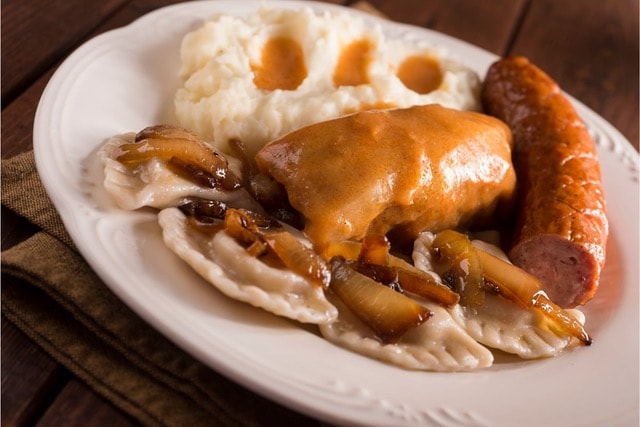
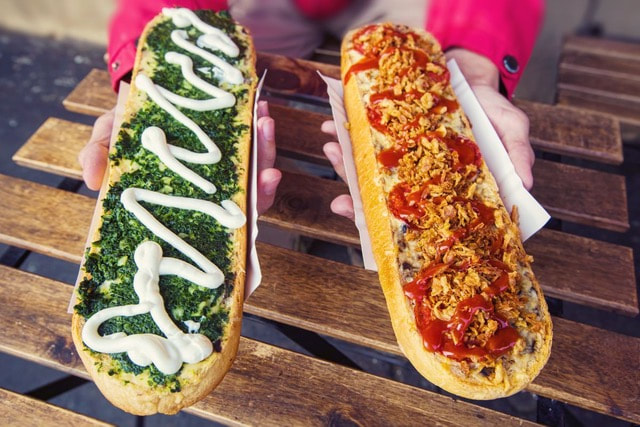
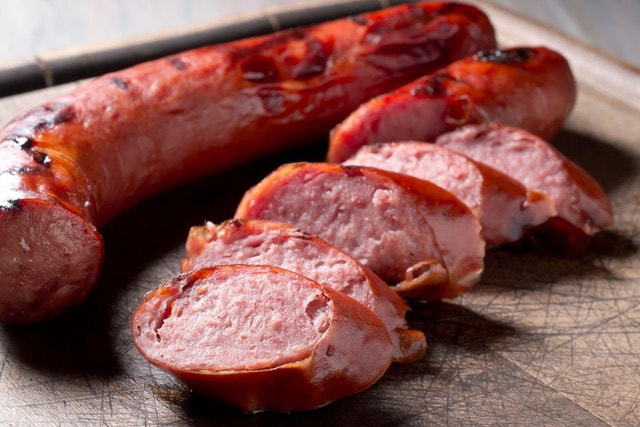

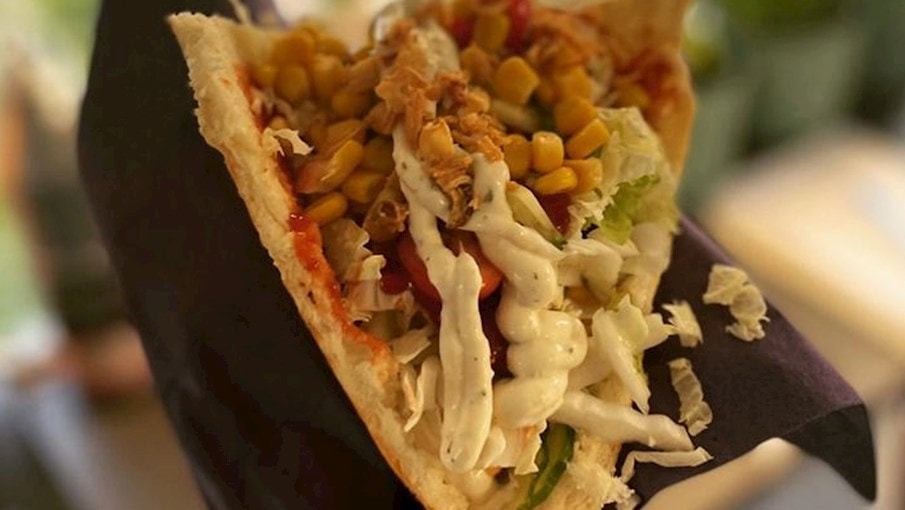
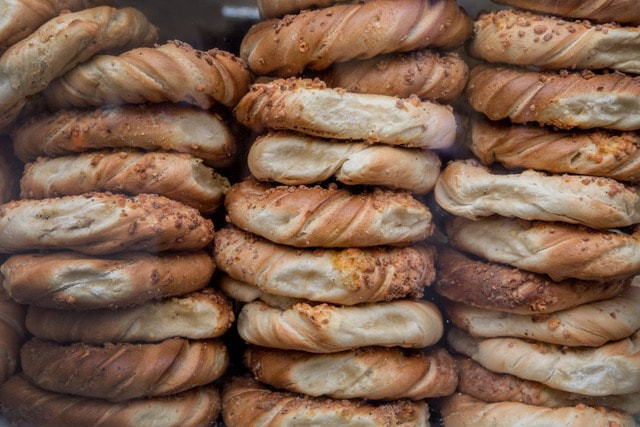
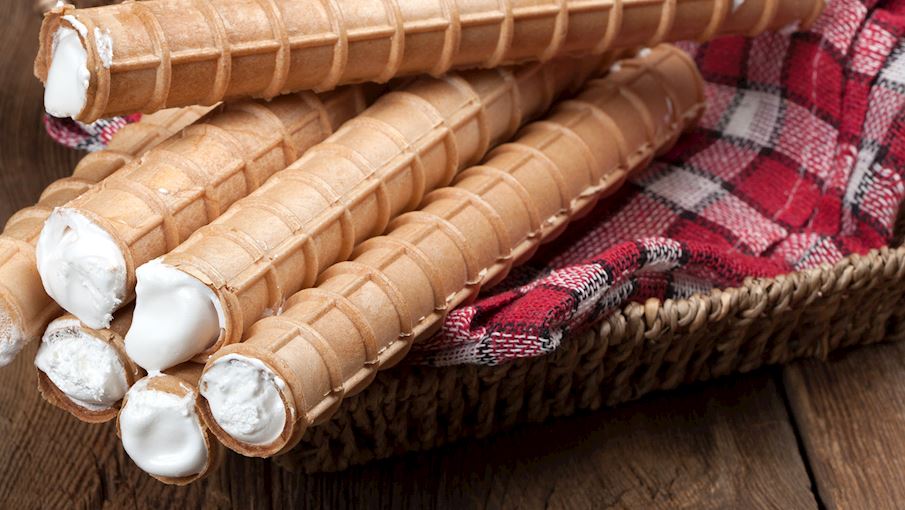
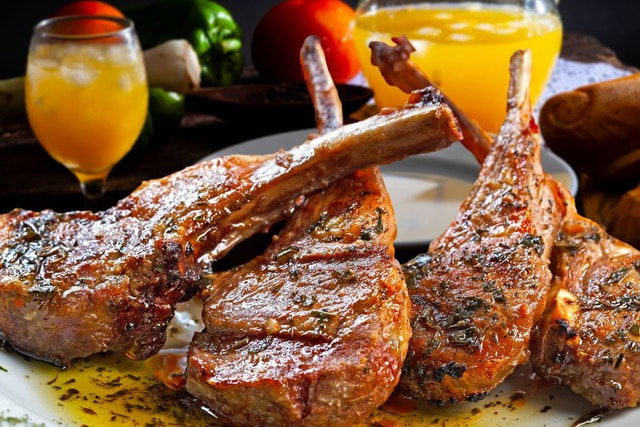
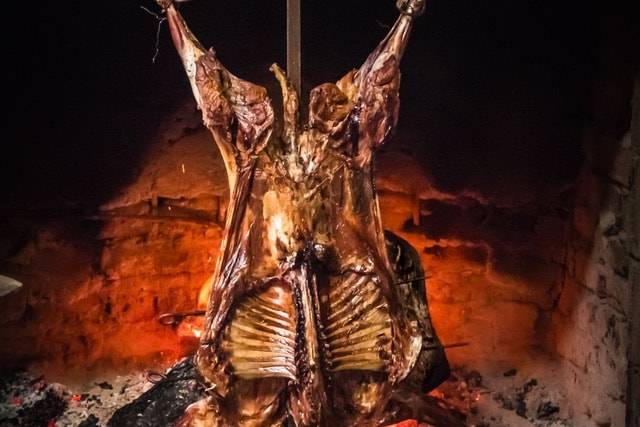
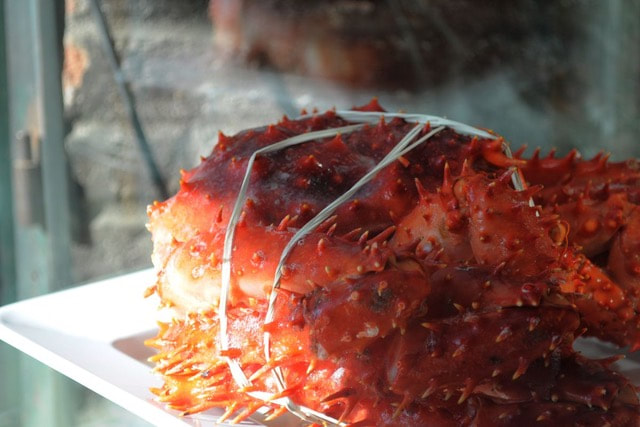
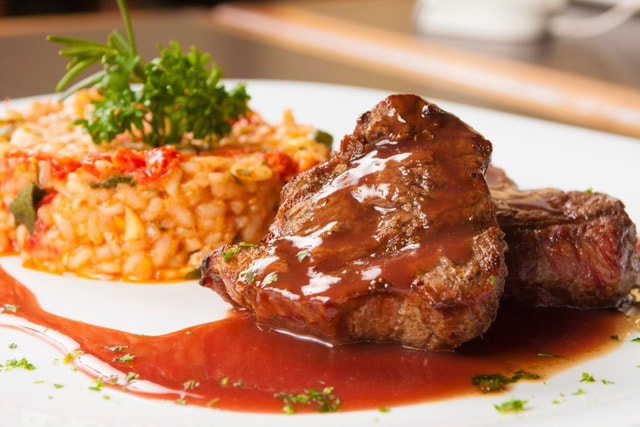
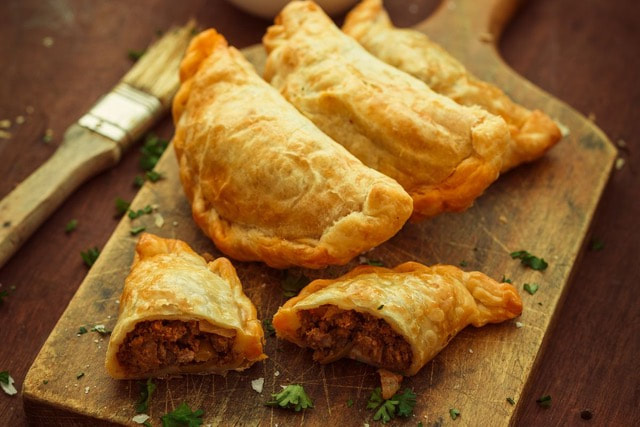
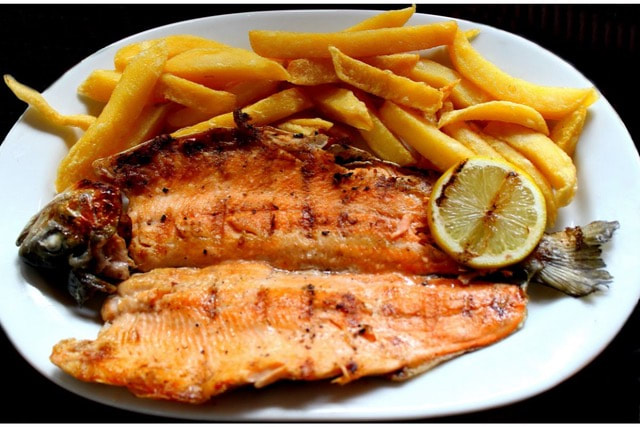
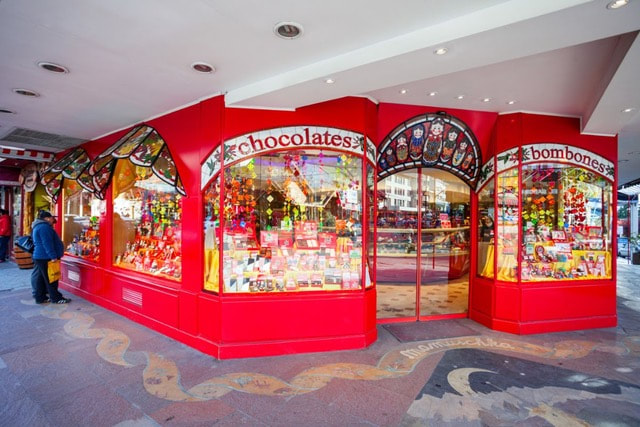
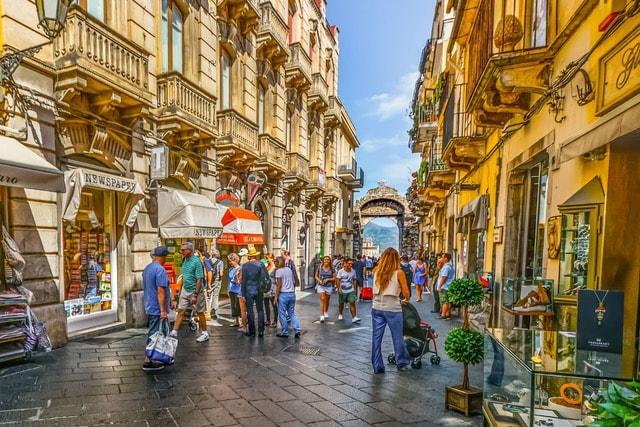
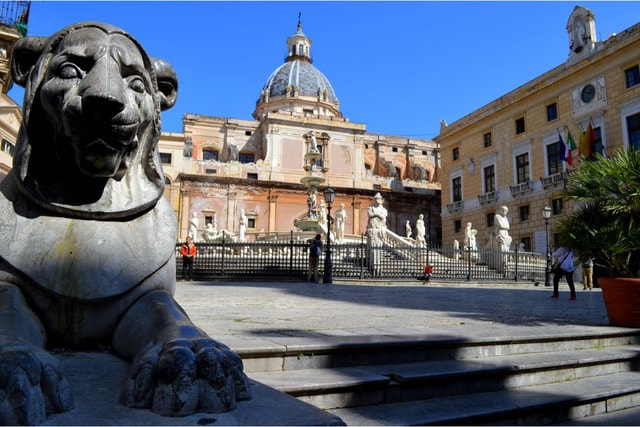
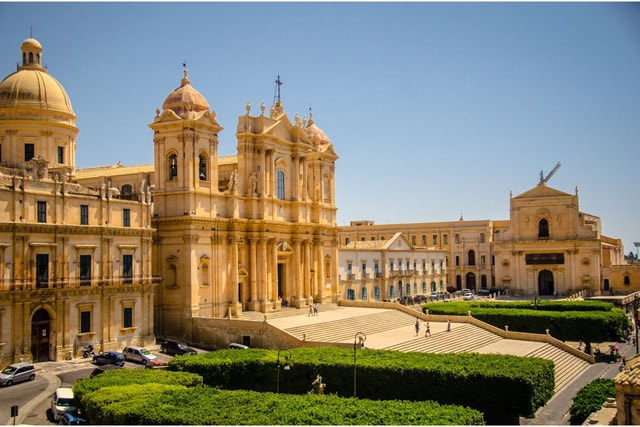
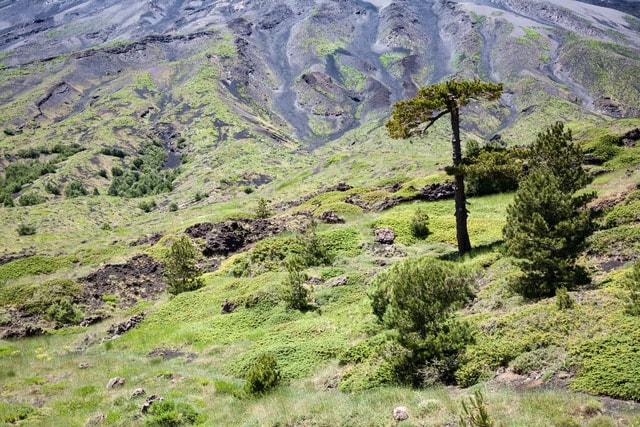
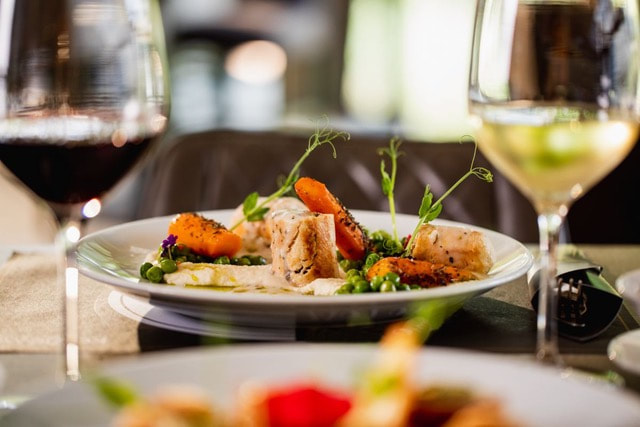
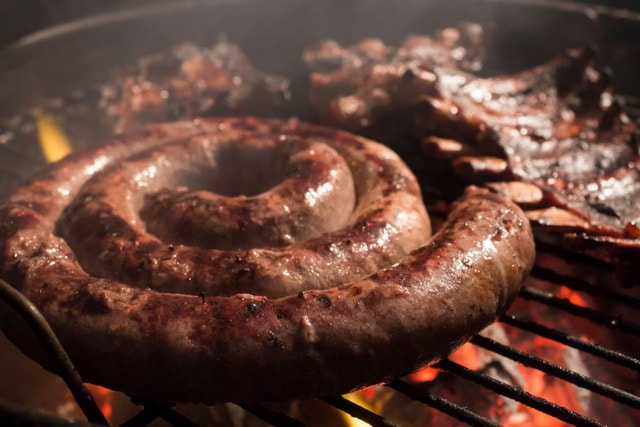

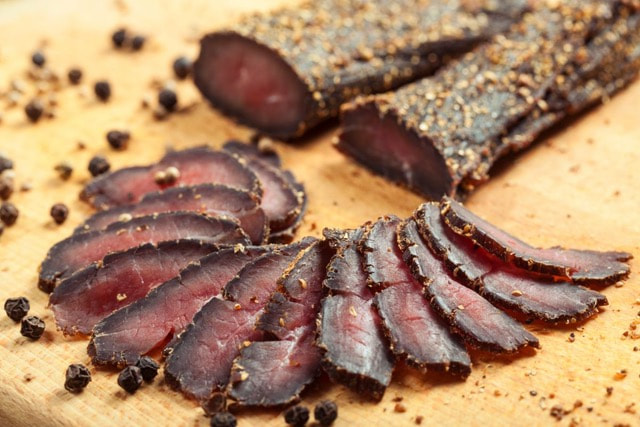
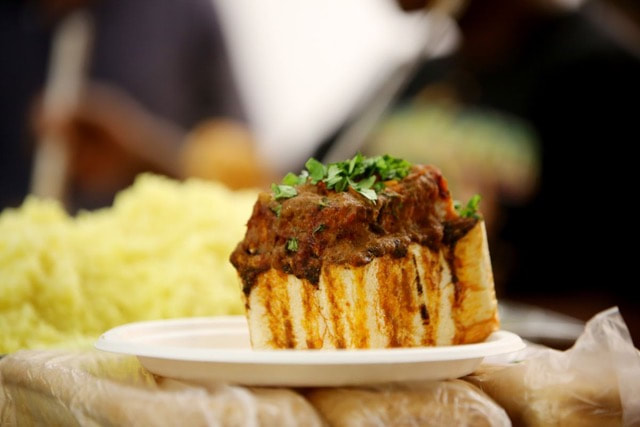
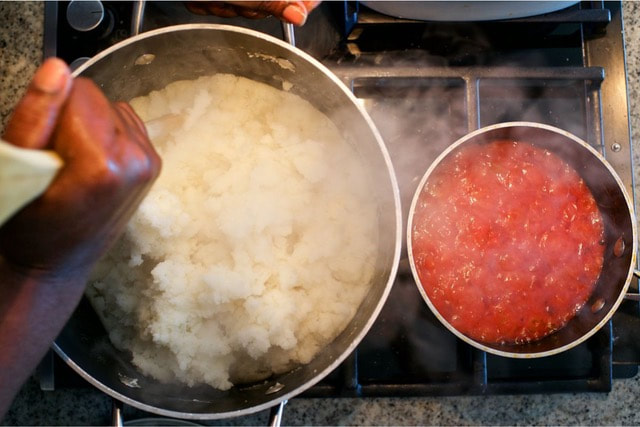
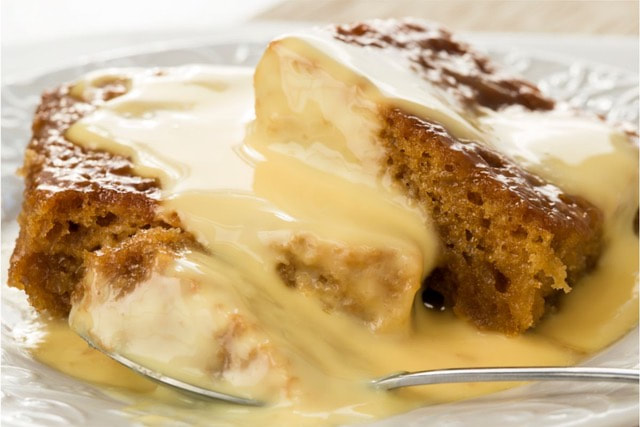
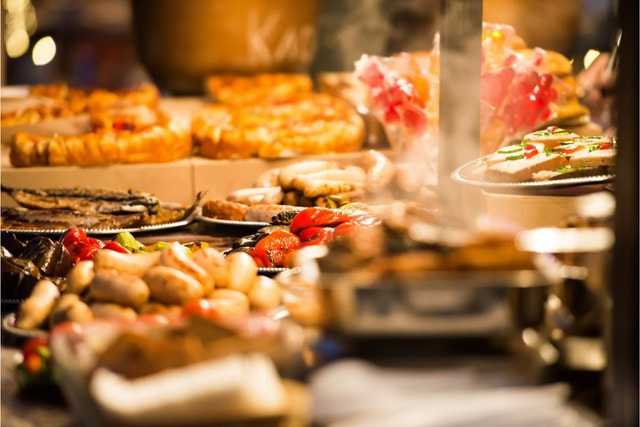

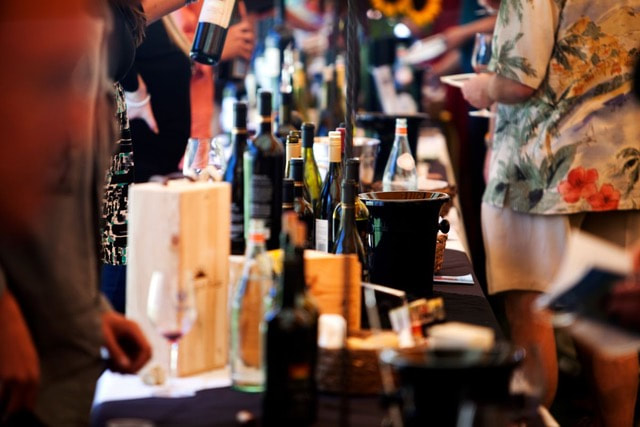


 RSS Feed
RSS Feed



